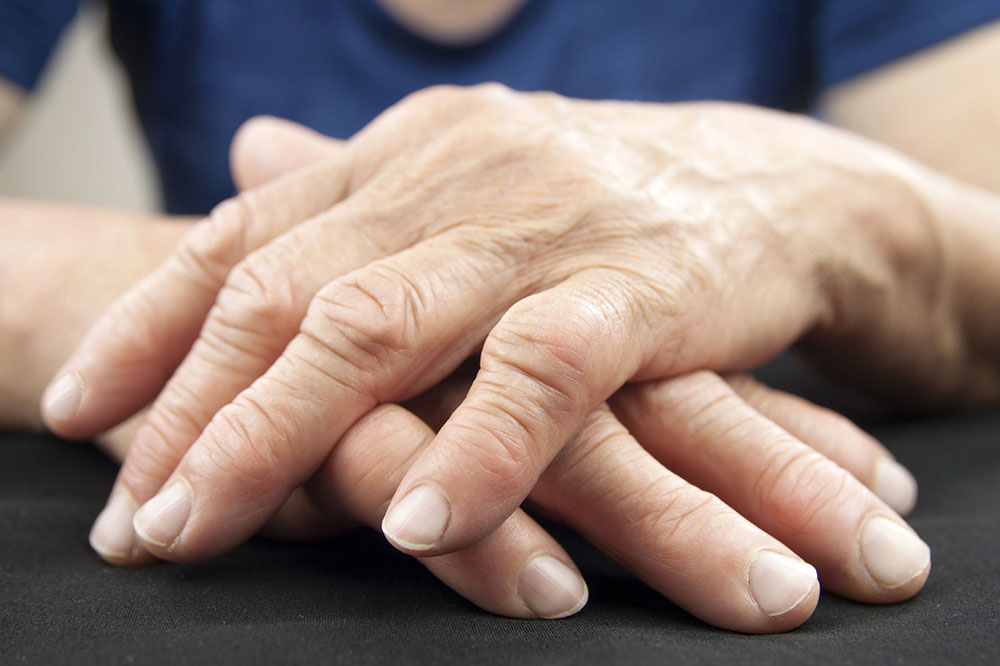A Comprehensive Guide to Arthritis: Causes, Types, and Effective Prevention Strategies
Arthritis, a widespread condition affecting millions, causes joint inflammation leading to pain and stiffness. This comprehensive guide explores its causes, various types such as osteoarthritis, infectious, psoriatic arthritis, and fibromyalgia. It emphasizes the importance of accurate diagnosis and discusses effective treatment options including medication, therapy, and lifestyle changes. Prevention strategies like maintaining a healthy weight, engaging in regular low-impact exercise, and eating a nutritious diet are highlighted to help reduce the risk or manage symptoms. Empower yourself with knowledge to improve joint health and overall well-being.

Understanding Arthritis: Causes, Types, and Prevention Tips
Arthritis is a common and often debilitating condition characterized by inflammation of the joints. It can affect any joint in the body, leading to a range of symptoms including persistent pain, swelling, stiffness, and reduced mobility. While often associated with aging, arthritis can develop in individuals of all age groups, from children to seniors. With over 100 different types of arthritis identified and more than 50 million Americans living with the condition, it is considered one of the leading causes of disability worldwide. Understanding the intricacies of arthritis, including its causes, various types, and strategies for prevention, can empower individuals to take proactive steps towards maintaining joint health and improving quality of life.
Arthritis arises from multiple factors, involving complex interactions between genetic, environmental, and lifestyle influences. Injuries to joints, autoimmune responses, infections, metabolic disorders, and hereditary predispositions all play roles in the development of this condition. Recognizing these contributing factors can help in early diagnosis and effective management, reducing the risk of severe joint damage and mobility issues.
Types of Arthritis
Osteoarthritis: This is the most common form of arthritis, resulting from wear and tear on cartilage—the protective tissue cushioning the ends of bones in joints. Over time, cartilage deteriorates, leading to bones rubbing against each other, which causes pain, swelling, and stiffness. Osteoarthritis predominantly affects the knees, hips, hands, and spine. According to the Centers for Disease Control and Prevention (CDC), approximately 26.9 million adults in the United States suffer from osteoarthritis, making it a significant public health concern.
Infectious Arthritis (Septic Arthritis): This type occurs when pathogens such as bacteria, viruses, or fungi invade the joint space, causing inflammation. Common culprits include bacteria like Neisseria gonorrhoeae, which is associated with sexually transmitted infections, and hepatitis C viruses. Infectious arthritis often presents with rapid-onset joint swelling, warmth, and pain, requiring urgent medical treatment to prevent joint destruction.
Psoriatic Arthritis: Primarily affecting adults aged 30-50, psoriatic arthritis is an autoimmune disorder linked to the skin condition psoriasis. It causes joint pain, swelling, and stiffness, often affecting fingers, toes, and the spine. In severe cases, it can lead to joint deformities and other health complications, including eye problems and cardiovascular issues.
Fibromyalgia: Although not classified strictly as a form of arthritis, fibromyalgia is often discussed alongside joint conditions due to overlapping symptoms like widespread muscle pain and fatigue. It affects over five million Americans, mostly middle-aged women. Patients experience chronic pain, sleep disturbances, mood issues, and psychological stress, significantly impacting daily functioning.
Diagnosis and Treatment
Accurate diagnosis of arthritis types requires consultation with healthcare professionals specializing in orthopedic or rheumatologic conditions. Diagnostic procedures include a comprehensive medical history review, physical examinations, blood tests (such as rheumatoid factor and ESR), imaging studies like X-rays, MRIs, and joint fluid analysis. These tools help distinguish between different forms of arthritis and guide appropriate treatment plans.
While there is currently no cure for arthritis, numerous medications are available to manage symptoms, including pain relievers, anti-inflammatory drugs, corticosteroids, and disease-modifying antirheumatic drugs (DMARDs). Physical therapy, exercise, and lifestyle modifications play crucial roles in controlling symptoms and preventing joint deterioration. Surgical options like joint replacement may be considered in severe cases where conservative management fails.
Prevention Tips and Lifestyle Recommendations
Preventing the onset of arthritis or minimizing its progression involves adopting healthy lifestyle habits. Maintaining a healthy body weight reduces undue stress on weight-bearing joints, especially the knees and hips. Regular low-impact exercise, such as swimming, walking, or cycling, enhances joint flexibility, strengthens muscles around joints, and promotes overall health.
Getting adequate sleep is vital for tissue repair and immune function. Protecting joints from stress by avoiding repetitive motions or overexertion can reduce injury risk. Nutrition also plays an essential role—consuming a balanced diet rich in greens, fruits, and antioxidants helps combat inflammation and supports joint health. Additionally, avoiding smoking and limiting alcohol intake can positively influence joint conditions.
As arthritis affects millions globally, understanding these preventive measures and early intervention can significantly improve quality of life. By staying informed and proactive, individuals can better manage symptoms, avoid severe complications, and enjoy active, healthy lifestyles well into later years.





